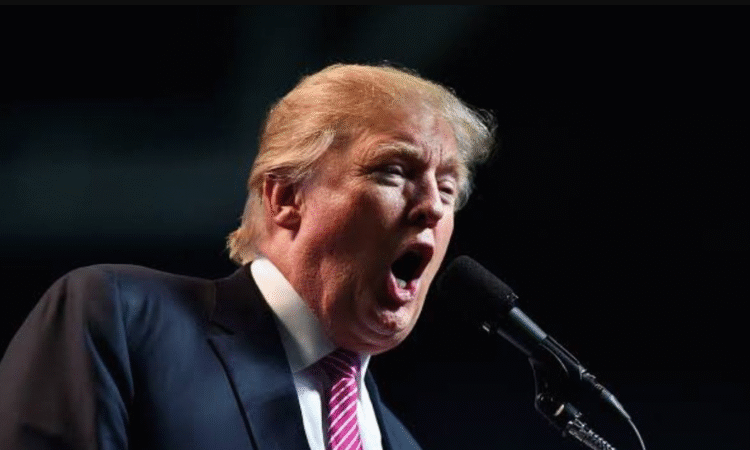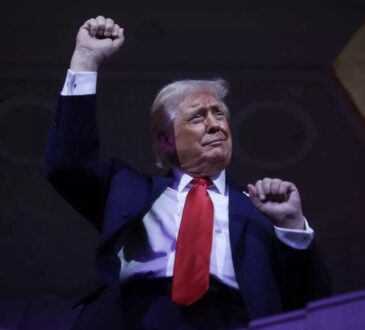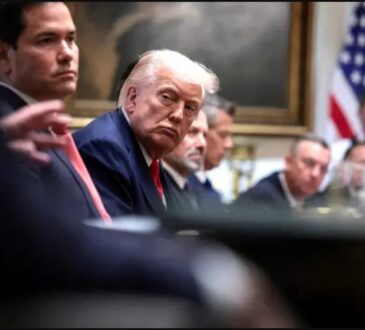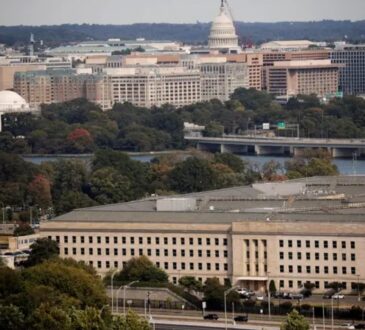
For the first time since President Donald Trump approved a series of deadly strikes on boats believed to be run by Venezuelan drug cartels, survivors have been found alive. Two men were rescued from the Caribbean Sea after their vessel was destroyed by a U.S. military operation on Thursday.
Until now, none of the targeted boats had survivors earlier missions ended with at least five attacks that killed more than two dozen people. The rescued men are now being held on a U.S. Navy warship, according to several officials familiar with the incident.
This latest strike, which took place in international waters, marks a major shift in what the White House has called a campaign against “narcoterrorists” connected to Venezuela. Unlike past missions that ended with total destruction and death, this one produced living witnesses.
The Pentagon has not made a public statement yet, but military officials have privately confirmed the rescue. They also acknowledged that previous attacks killed at least 27 people — a figure now drawing strong attention from Congress and human rights organizations.
Lawmakers from both political parties are demanding answers. They want to know who exactly was targeted, how these operations were authorized, and why the U.S. military — instead of the Coast Guard — is handling missions that end with explosions rather than arrests. Several members of Congress have complained that the White House has given them almost no information, raising questions about transparency, legality, and oversight of these secret operations.
The controversy grew even bigger when President Trump confirmed during a press conference that he had personally approved covert CIA actions in Venezuela. “I authorized for two reasons,” Trump said. “First, because they’ve emptied their prisons into the United States.
Second, because we’re seeing a lot of drugs coming from Venezuela.” His open admission shocked national security officials, who worried that his words could expose sensitive intelligence operations and blur the lines between the CIA’s missions and the military’s strikes at sea.
Inside the Pentagon, officials are relying on a legal document claiming that the U.S. is in a “non-international armed conflict” with drug cartels. This interpretation is meant to justify the use of military force under international law. But many legal experts and human rights advocates strongly disagree.
They argue that suspected drug traffickers are not enemy soldiers and that destroying unmarked boats in international waters without clear proof of an immediate threat could amount to unlawful killings.
The discovery of survivors now makes the situation even more complicated. If the U.S. claims it is fighting a war, are these two men prisoners of war or simply criminal suspects? If they are prisoners of war, where are they being held and under what legal authority? And if they are suspects, why weren’t other crews captured in previous operations? So far, the administration has provided no explanations.
Meanwhile, the U.S. continues to send more military assets to the Caribbean — including destroyers, fighter jets, and even a nuclear submarine while Venezuela has appealed to the United Nations to declare the strikes illegal.
Politically, this development could not have come at a worse time for the White House. Trump has proudly taken credit for these missions, and Defense Secretary Pete Hegseth insists the administration has “every authorization needed.
But the appearance of survivors could challenge the official story that these were clean, precise operations. If these men begin to talk about who hired them, what their true mission was, or where they were going, it could dramatically change the narrative.
For now, one thing is clear — what was once a silent, secret campaign at sea has turned into a political and legal storm. And with survivors now in U.S. custody, explaining what really happened has become much harder for the Trump administration.




